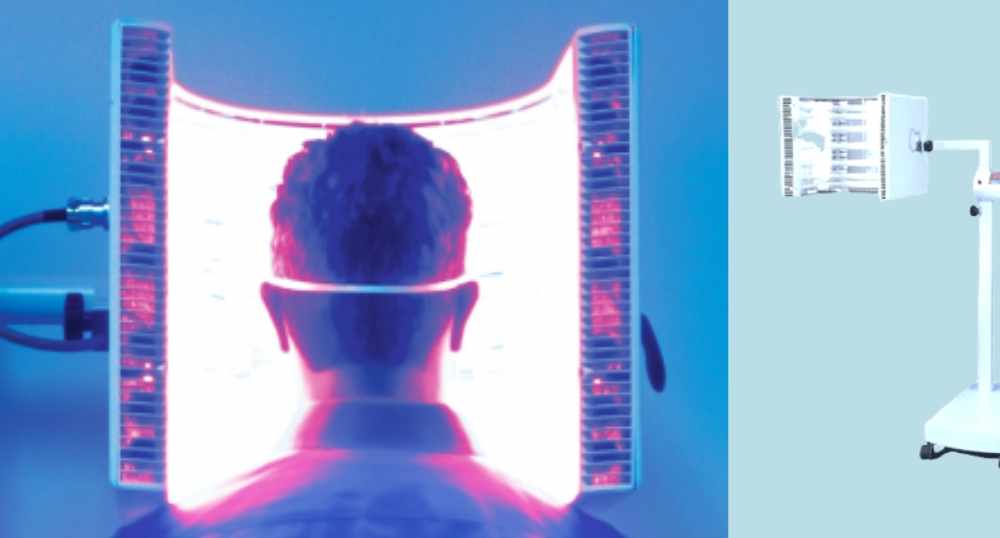
Photodynamic therapy PDT
Photodynamic therapy (PDT) refers to a combination of a photosensitizing agent and a light that activates this agent. This treatment can be used for a variety of conditions, the most common being acne and precancerous actinic keratoses from sun damage.
How does PDT (photodynamic therapy work)?
PDT involves the application of a light sensitizing agent to the skin for about an hour. In our office, we use a Levulan Kerastick that contains 5-aminolevulinic acid. When used for acne, the medication is preferentially absorbed by oil glands and by bacteria that cause acne. When used for actinic keratosis, the medication is preferentially absorbed by precancerous and aging cells.
Once absorbed by the target tissues, a blue light (BLU-U) is used to activate the medication. In the case of acne, the activated medication will shrink the oil glands and destroy the acne-causing bacteria. In the case of precancerous cells, the activated medication will destroy these dangerous cells.
Is there any downtime?
There is some downtime from PDT as the treatment will cause the treated skin to turn red and peel for up to one week following treatment.
Why do we use photodynamic therapy?
In the case of acne, many patients prefer using an external therapy in order to avoid or minimize the long-term use of oral medications, such as antibiotics, Accutane, or oral contraceptives. In these patients, external therapies include PDT, Hydrafacial MD, chemical peels, and topical acne agents.
In the case of actinic keratoses, we often use PDT in patients who have a large amount of photodamage, which would be difficult to treat with liquid nitrogen. Other treatment options include medicated creams, such as Picato, Zyclara, and Efudex.
